The best cars often come from locations that might surprise you. Let’s explore why some of the highest quality vehicles are produced in these unexpected places.
1. Slovakia’s Automotive Boom
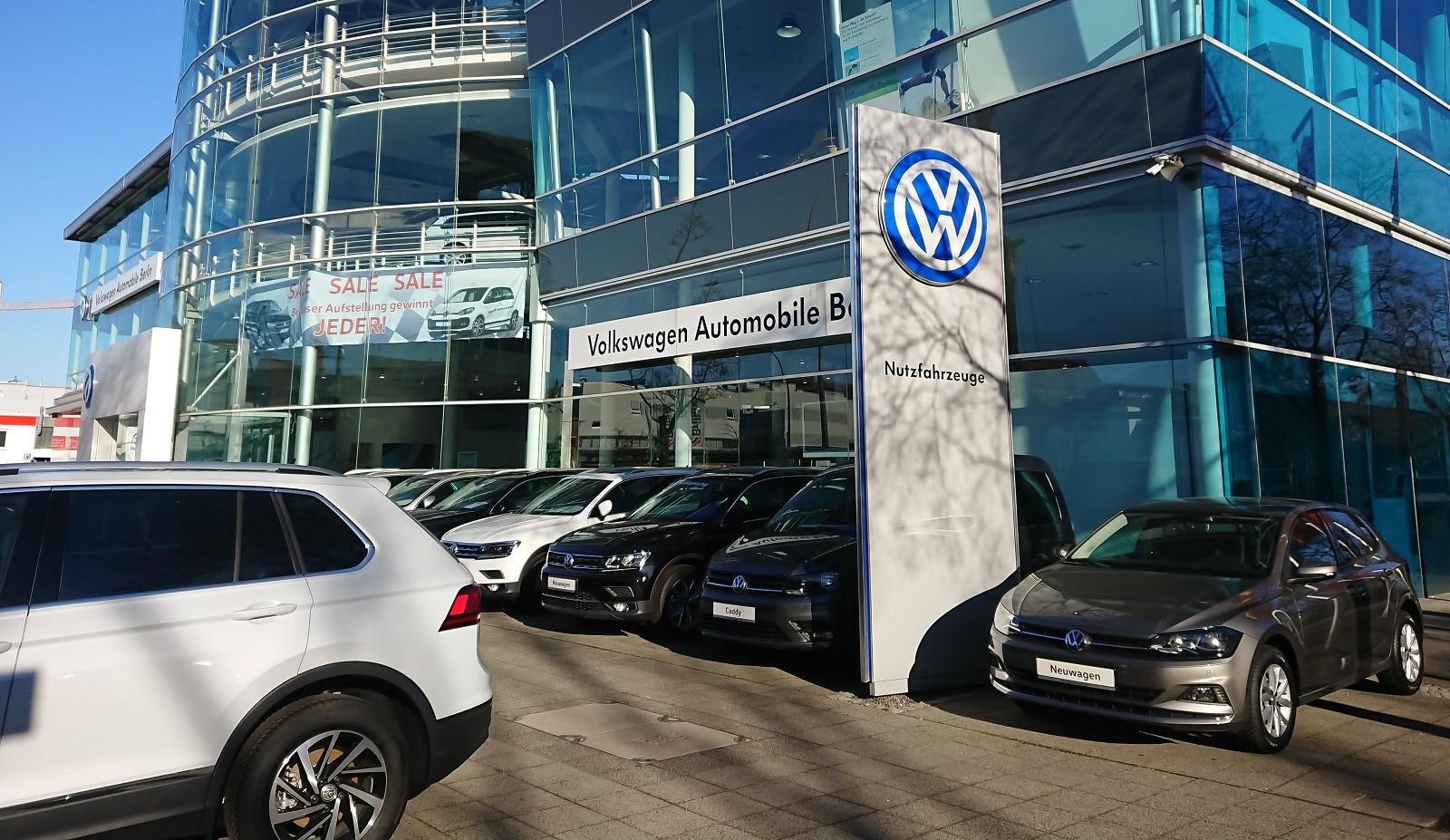
Image Credit: Shutterstock / Cineberg
Slovakia has become a powerhouse in car manufacturing, hosting plants for Volkswagen, Kia, and Jaguar Land Rover. With a skilled workforce and competitive labor costs, Slovakia produced over 1 million cars in 2022, making it the world’s largest car producer per capita.
2. South Korea’s High-Tech Advantage
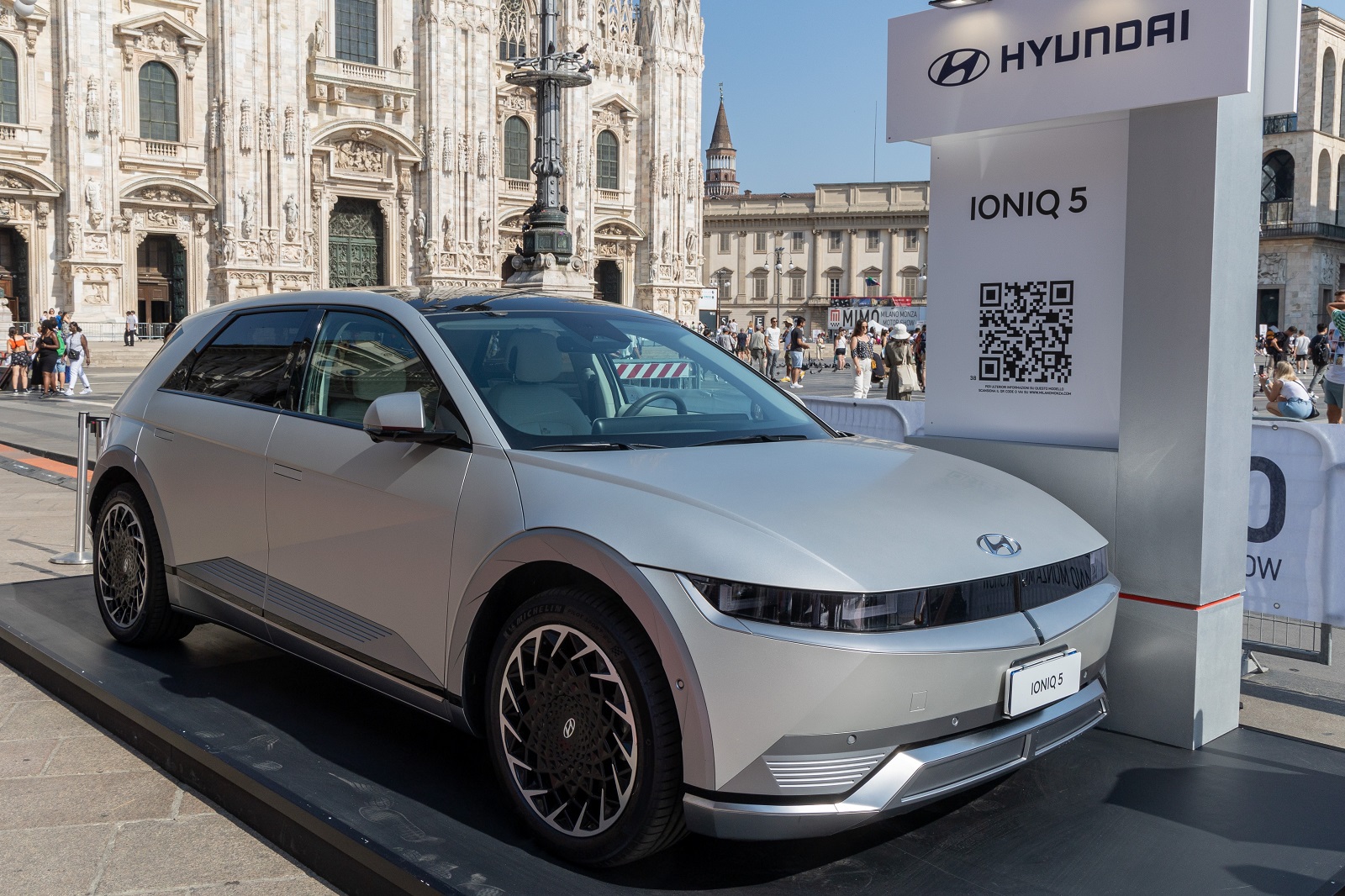
Image Credit: Shutterstock / MilanoPE
South Korea, home to Hyundai and Kia, leads in automotive innovation. With heavy investments in research and development, South Korean automakers are known for producing reliable and technologically advanced vehicles.
3. Mexico’s Growing Auto Industry
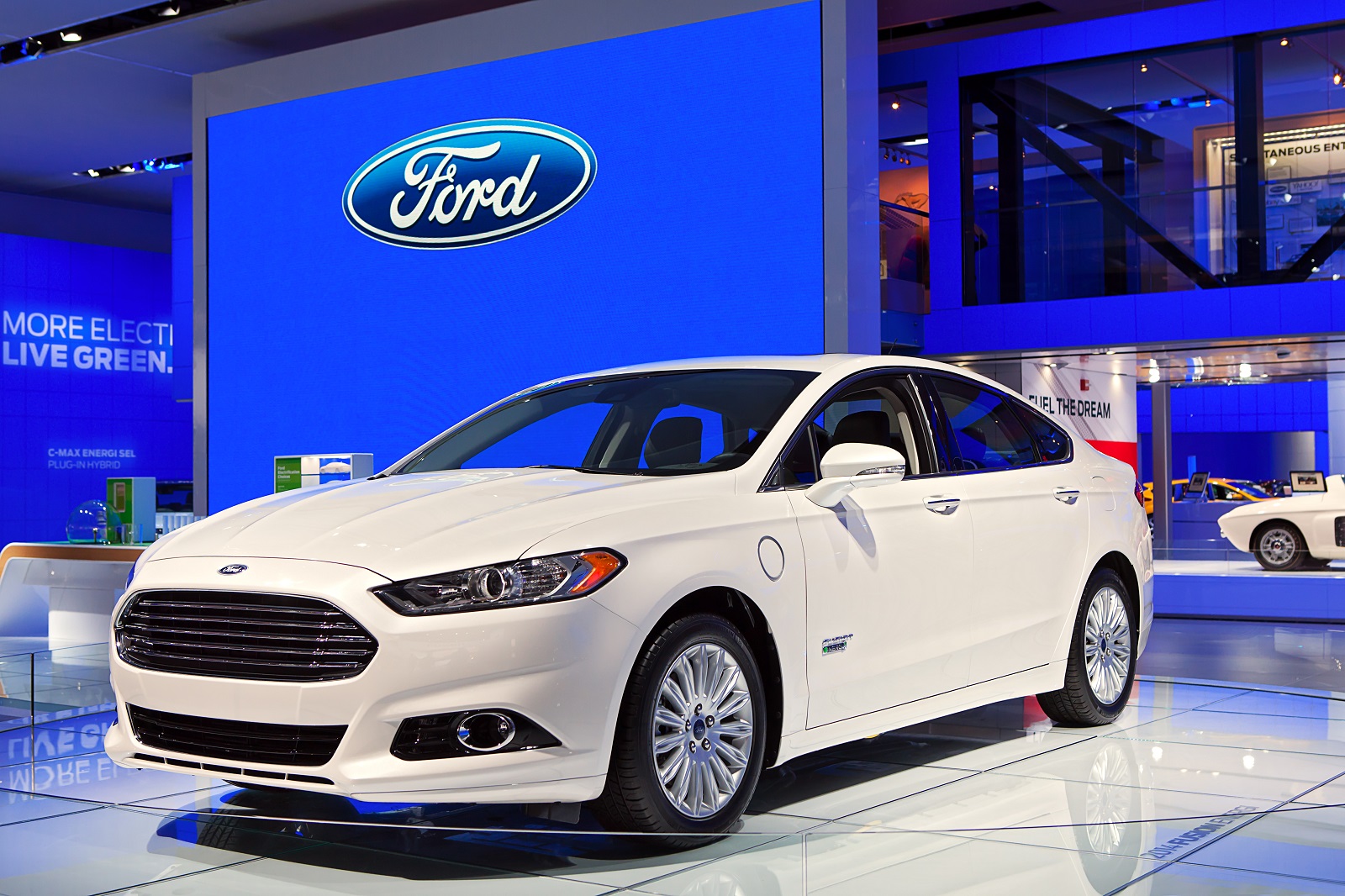
Image Credit: Shutterstock / Darren Brode
Mexico is a key player in the global auto industry, with plants from major brands like Ford, GM, and BMW. The country’s strategic location and free trade agreements make it an attractive hub for car manufacturing, producing nearly 4 million vehicles in 2022.
4. Czech Republic’s Engineering Excellence
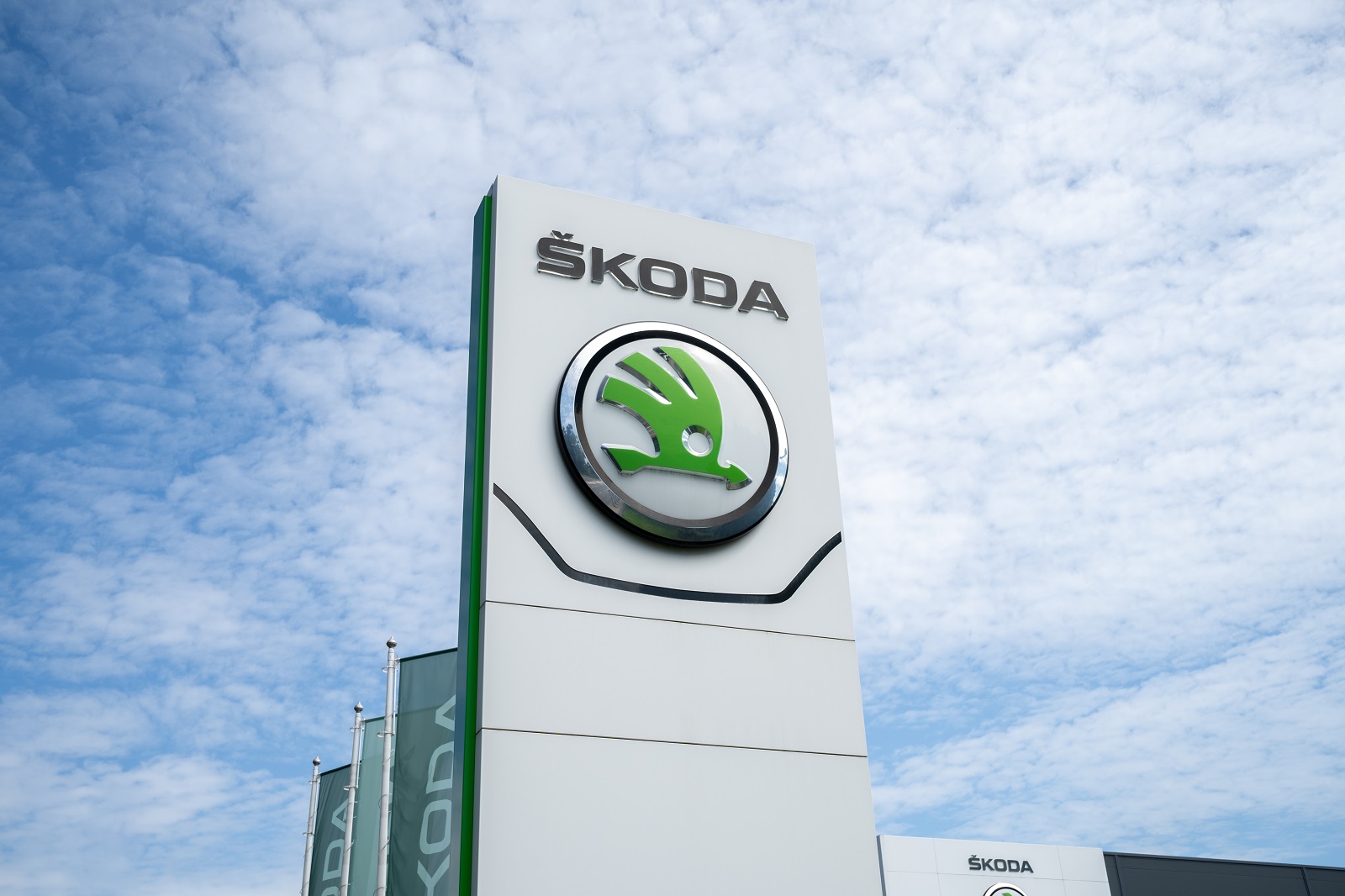
Image Credit: Shutterstock / Longfin Media
The Czech Republic, known for Škoda, has a rich history of automotive engineering. With high-quality standards and efficient production processes, Škoda cars are praised for their reliability and affordability.
5. Thailand’s Automotive Hub
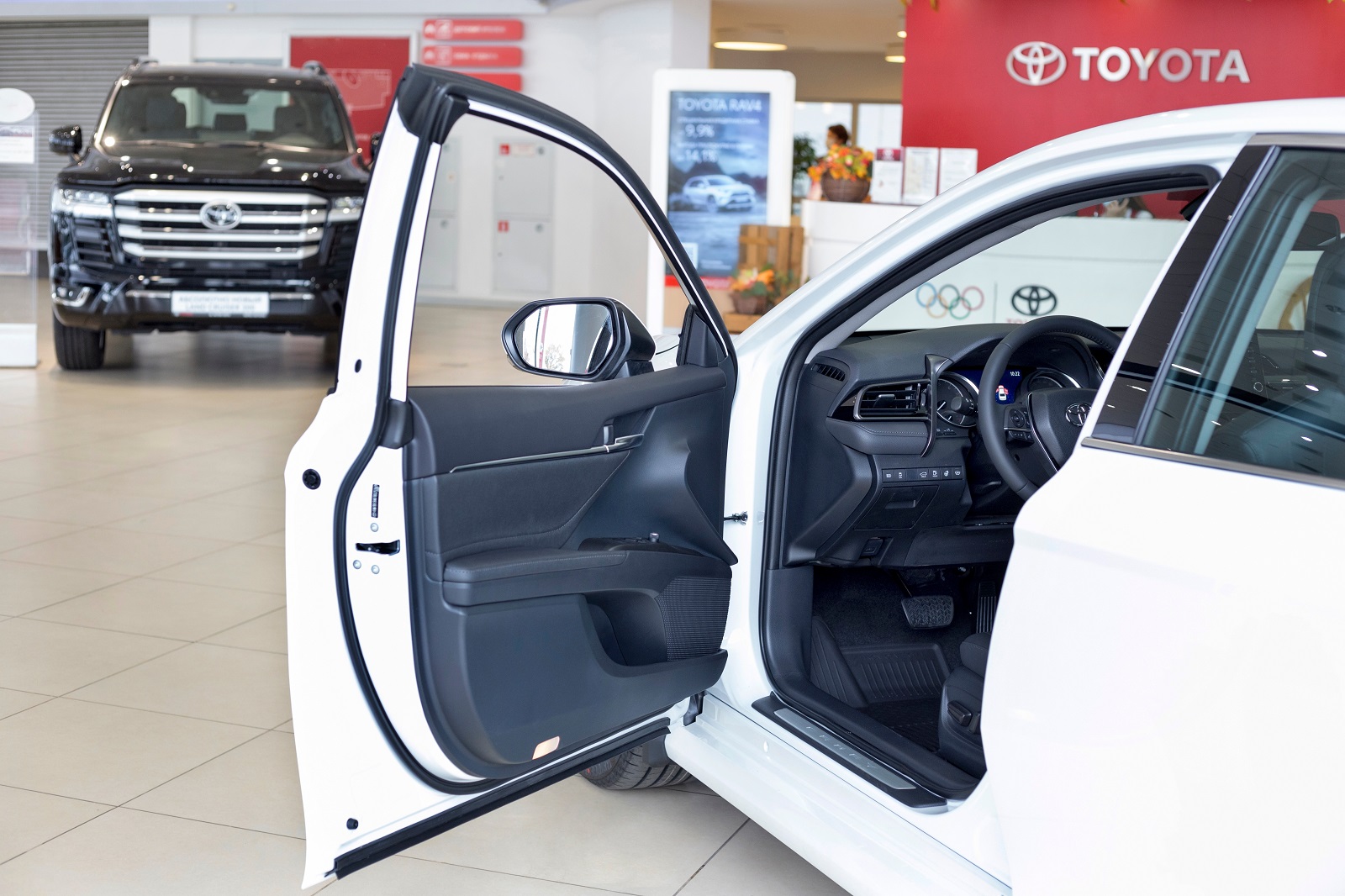
Image Credit: Shutterstock / Tikhomirov Sergey
Thailand is a significant auto manufacturing center in Southeast Asia, with companies like Toyota, Honda, and Ford operating there. The country’s strong supply chain and skilled labor force contributed to the production of over 2 million vehicles in 2022.
6. Hungary’s Strategic Location

Image Credit: Shutterstock / haryanta.p
Hungary has attracted investments from Audi, Mercedes-Benz, and Suzuki due to its central European location. This strategic positioning allows for efficient distribution across Europe, making Hungary a crucial automotive hub.
7. Romania’s Rising Production
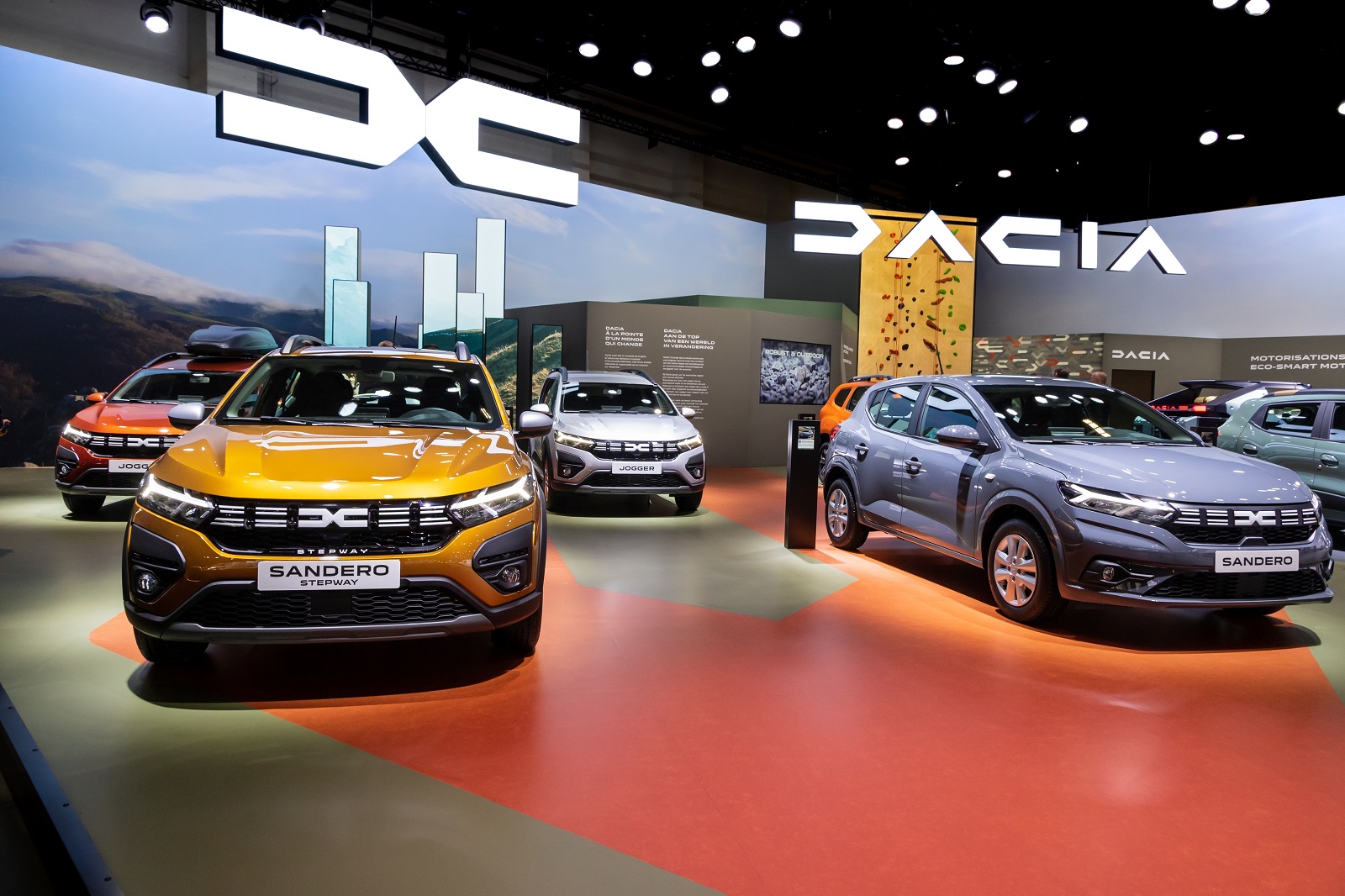
Image Credit: Shutterstock / VanderWolf Images
Romania, home to Dacia (a Renault subsidiary), has seen a surge in car production. Dacia’s cost-effective models are popular across Europe, contributing to Romania’s increasing automotive exports.
8. China’s Expanding Market
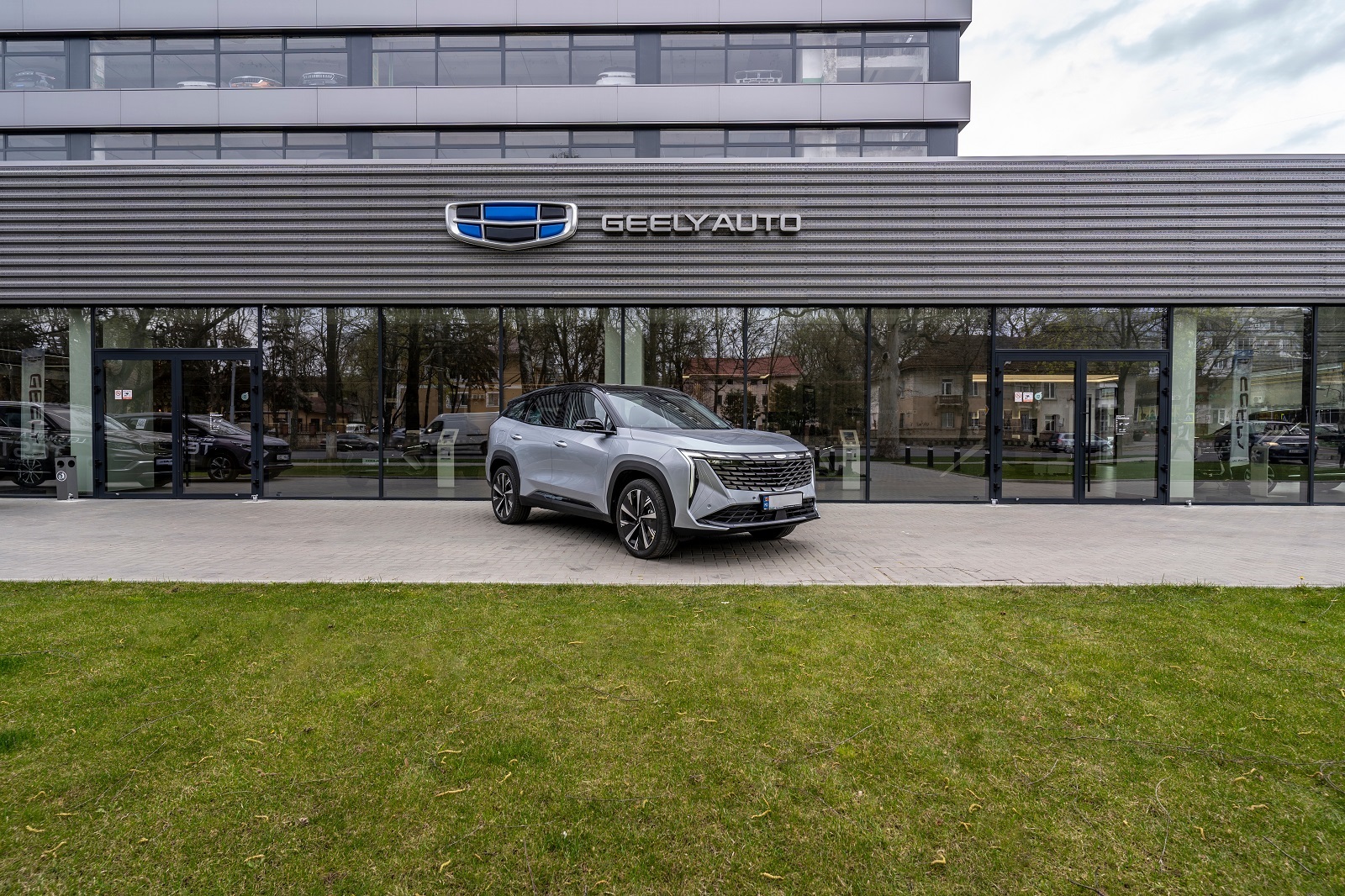
Image Credit: Shutterstock / Sid0601
China, the largest car market globally, is not just a consumer but also a major producer. Brands like Geely and BYD are gaining international recognition, and China produced over 26 million vehicles in 2022.
9. India’s Competitive Edge
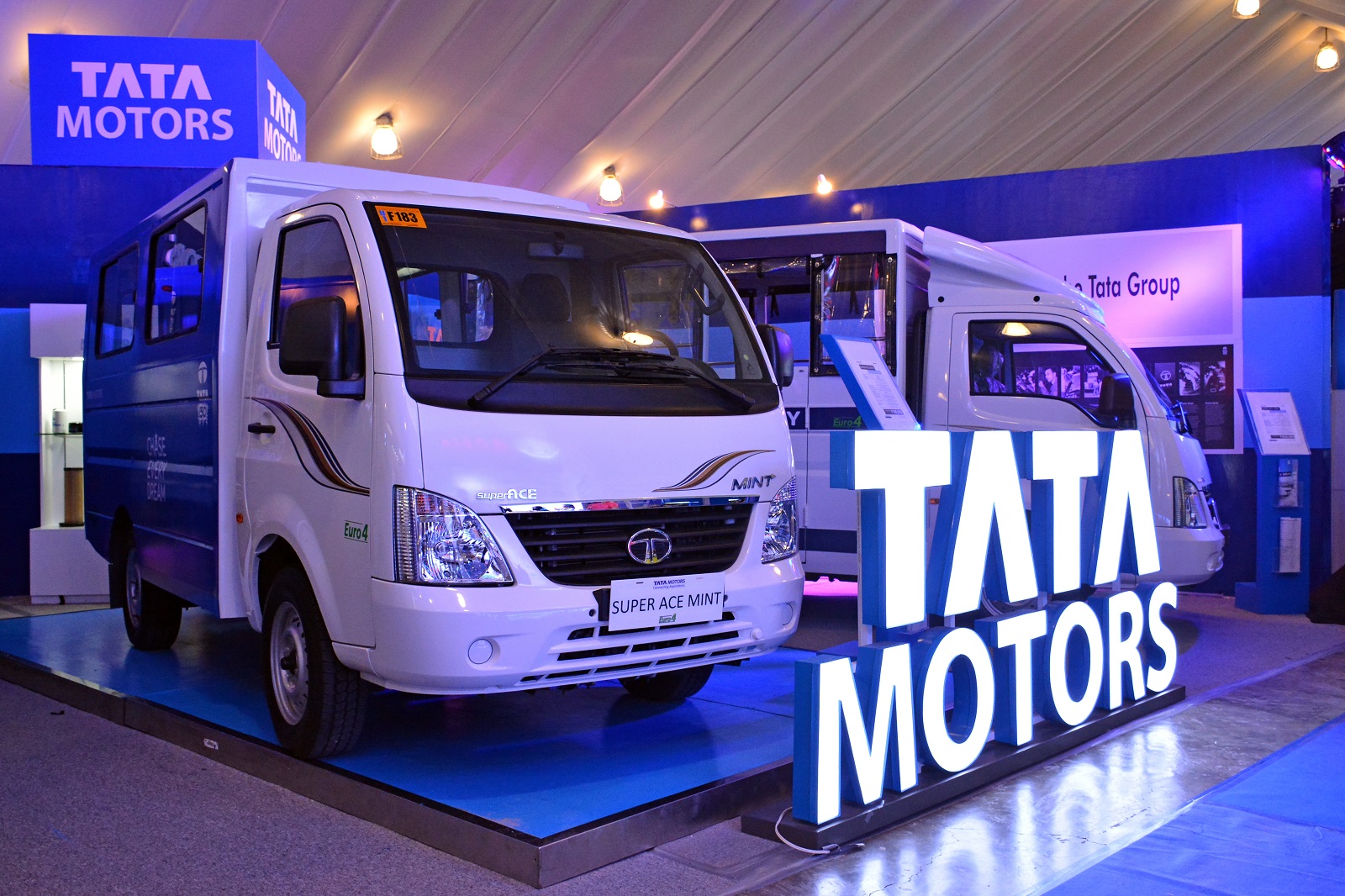
Image Credit: Shutterstock / Walter Eric Sy
India, with manufacturers like Tata Motors and Mahindra, offers a competitive edge with its low-cost production. The country’s automotive industry is rapidly growing, producing around 4.5 million vehicles in 2022.
10. Austria’s High-Quality Production
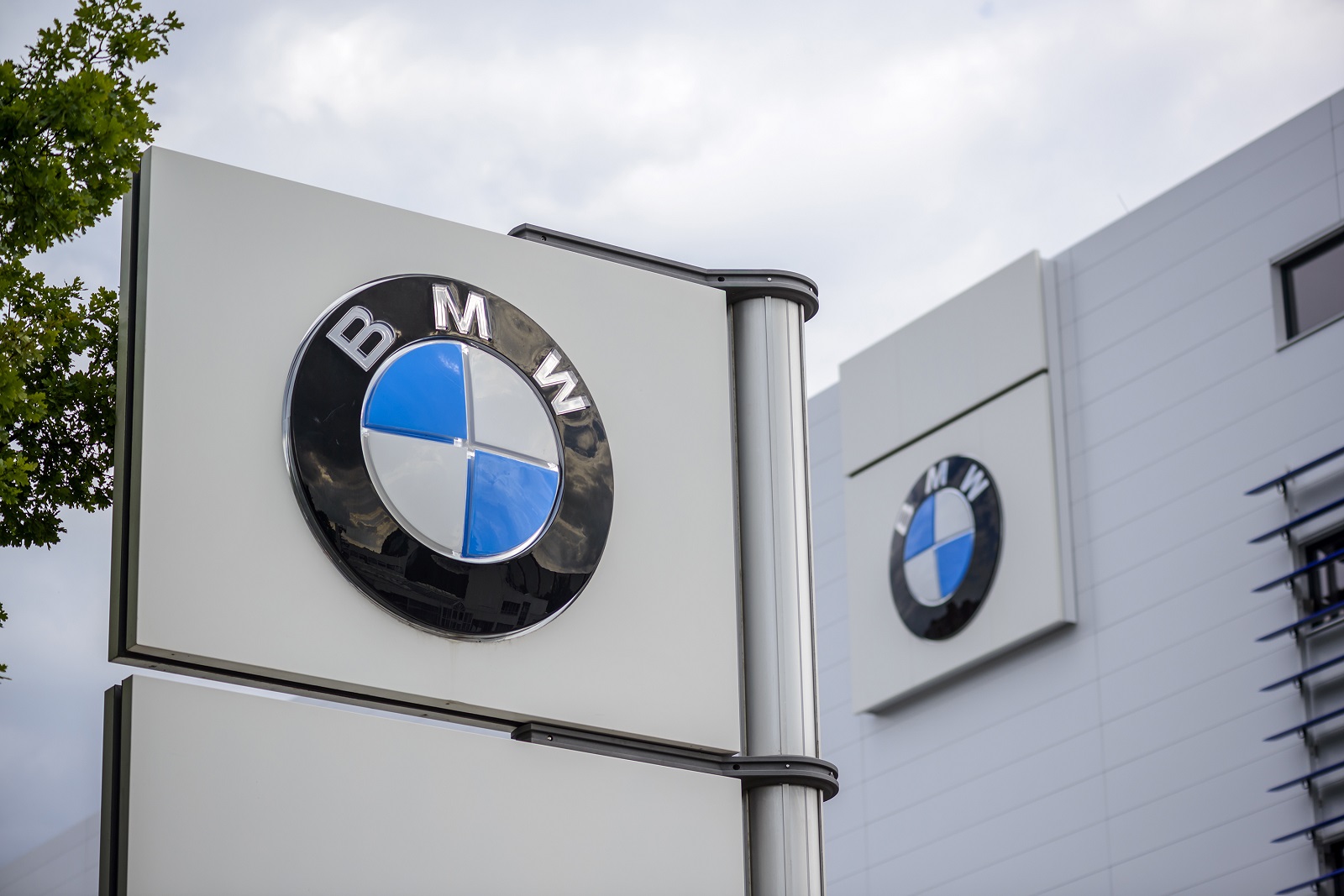
Image Credit: Shutterstock / AR Pictures
Austria, though small, hosts Magna Steyr, which manufactures vehicles for brands like BMW, Mercedes-Benz, and Jaguar. Known for its precision and quality, Austria’s automotive industry is highly respected.
11. Turkey’s Rapid Growth
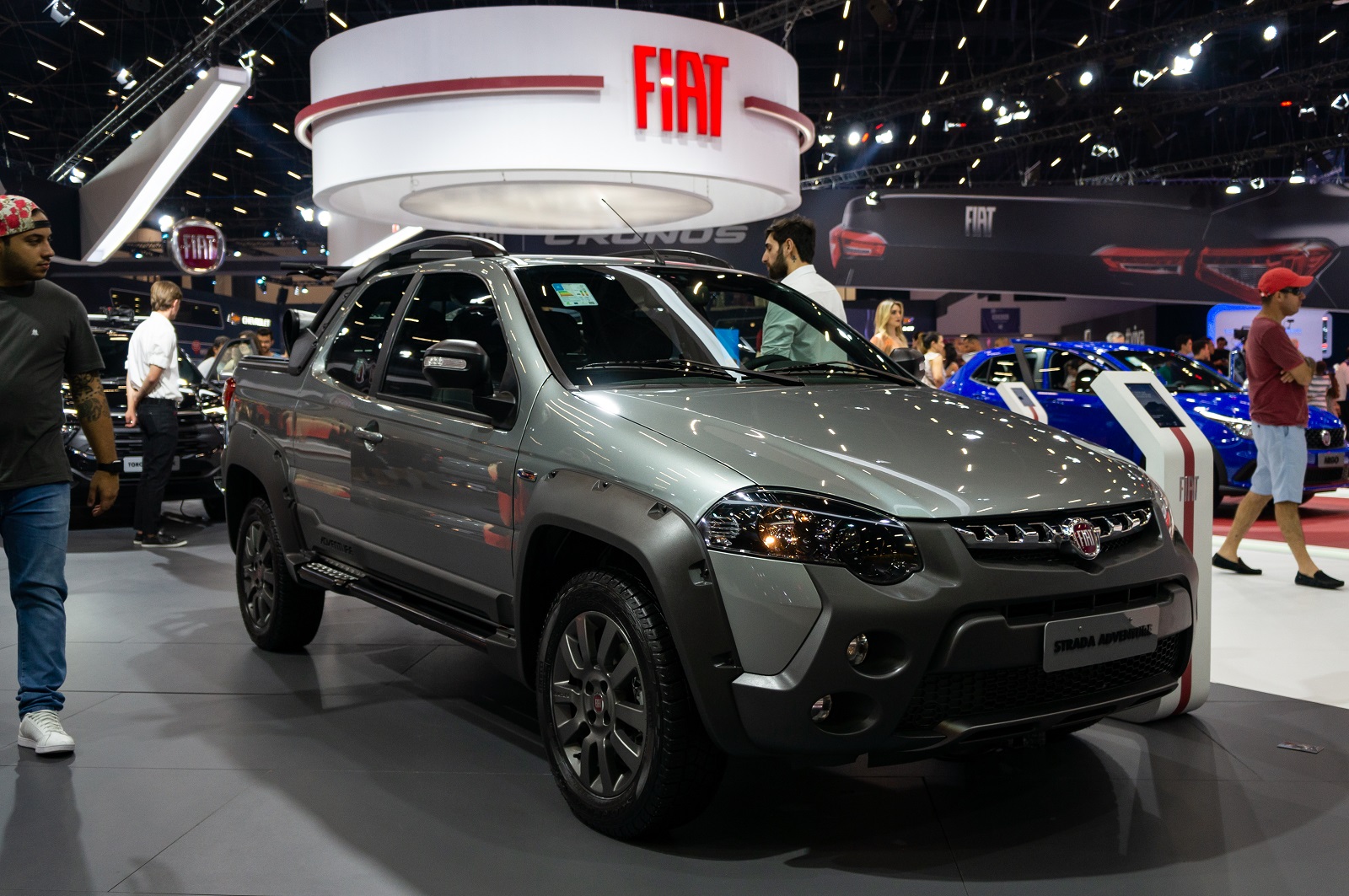
Image Credit: Shutterstock / Deni Williams
Turkey’s automotive sector is expanding quickly, with plants from Ford, Fiat, and Renault. The country’s advantageous location between Europe and Asia facilitates exports and trade, boosting production numbers.
12. Poland’s Emerging Market

Image Credit: Shutterstock / Julian Hopff
Poland is becoming an important player in the auto industry with investments from Fiat, Volkswagen, and Opel. The country’s skilled labor and growing infrastructure support its rising automotive production.
13. Brazil’s Diverse Production
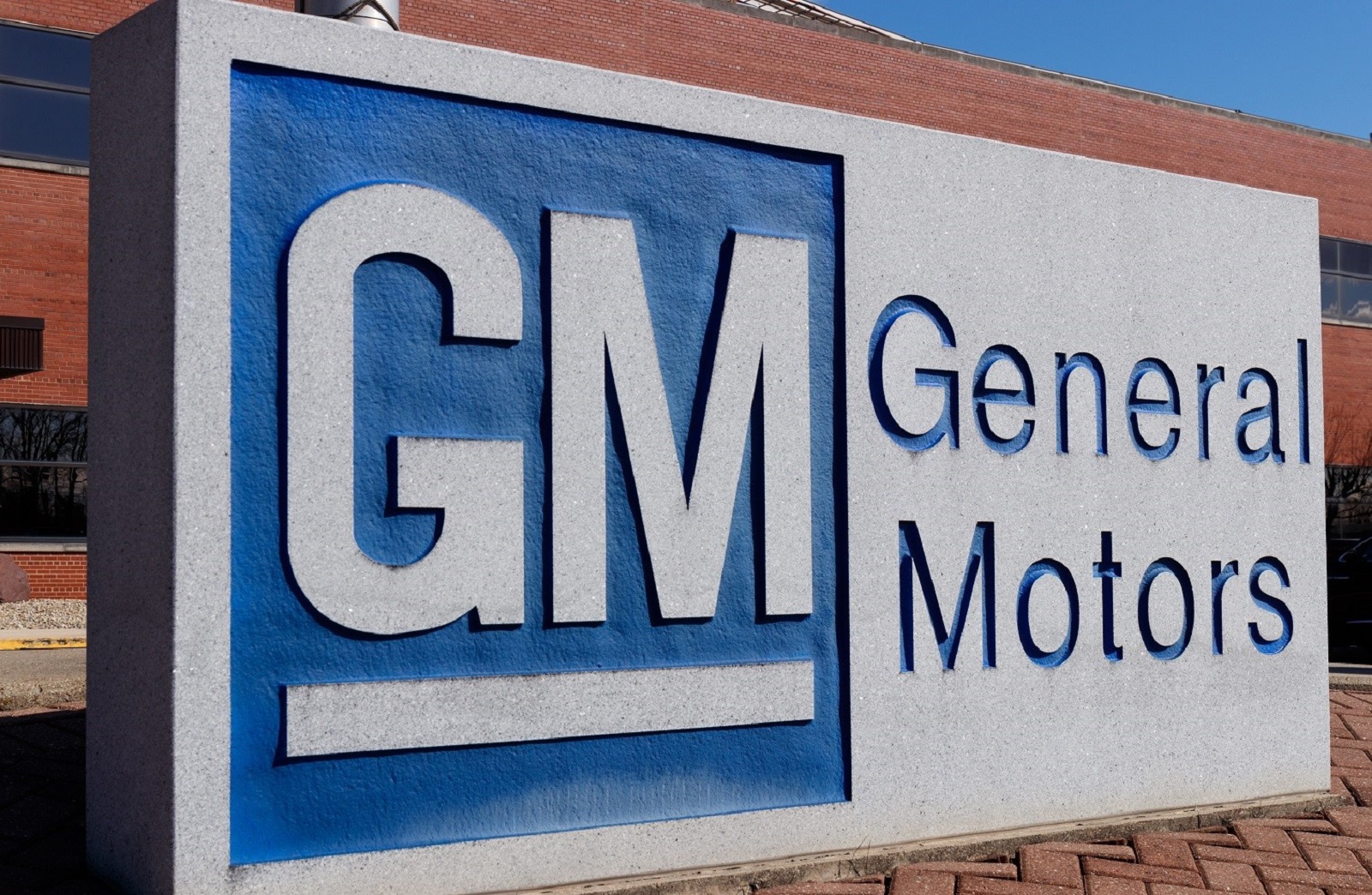
Image Credit: Shutterstock / Jonathan Weiss
Brazil’s automotive industry is diverse, with manufacturing plants from Fiat, Volkswagen, and General Motors. The country produced over 2 million vehicles in 2022, making it a key player in South America.
14. Vietnam’s Ambitious Plans

Image Credit: Shutterstock / Kittyfly
Vietnam is emerging as a new automotive hub, with the local brand VinFast making waves. The country’s growing economy and strategic investments in the auto industry are set to boost its production capabilities.
15. Portugal’s Specialized Manufacturing

Image Credit: Shutterstock / Thijs de Graaf
Portugal, with its focus on specialized automotive components, supports major brands like Peugeot and Citroën. The country’s niche production helps maintain high standards and quality.
16. Slovenia’s Efficient Production
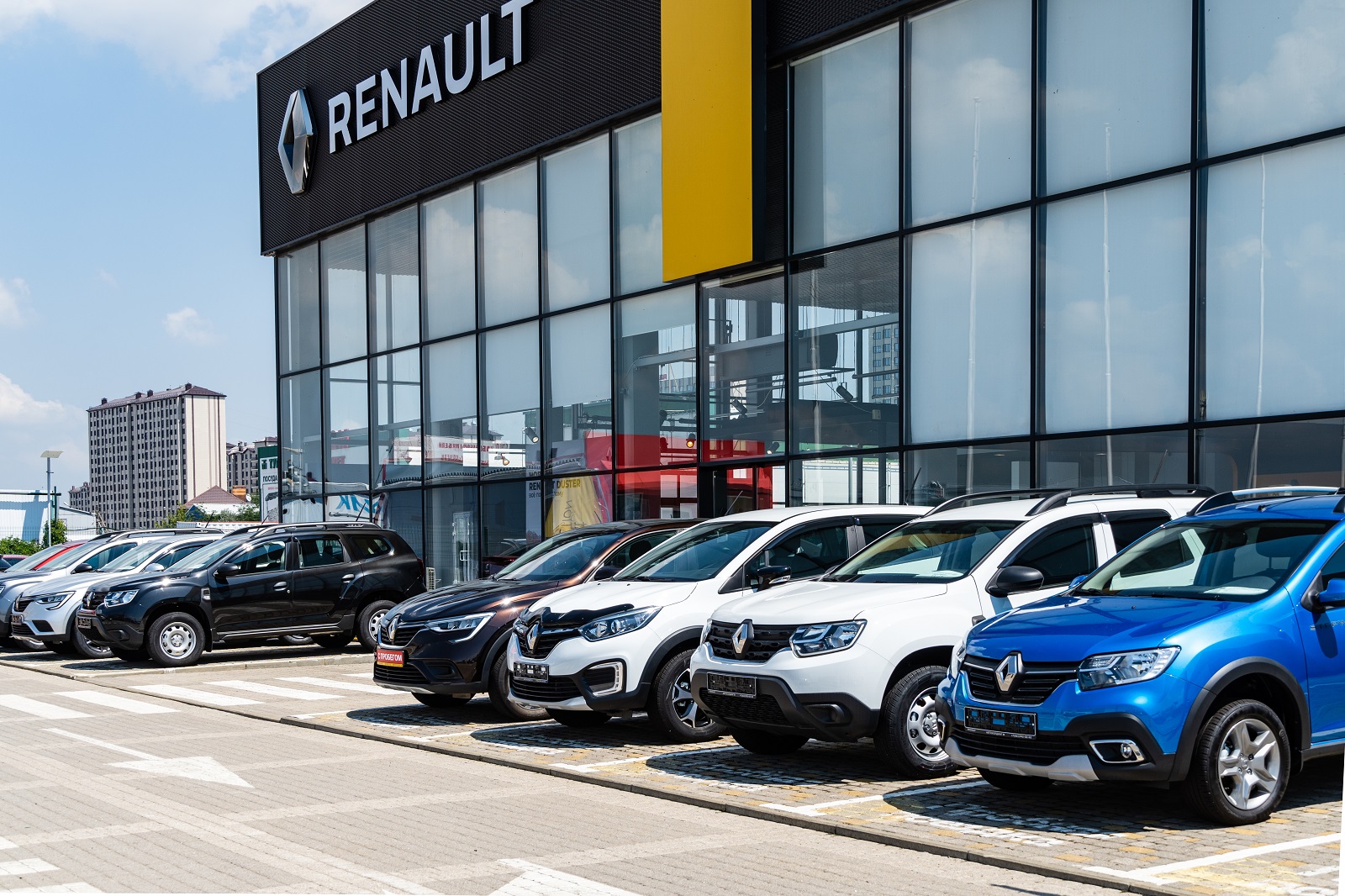
Image Credit: Shutterstock / Alexander Denisenko
Slovenia, home to Revoz (a Renault subsidiary), is known for its efficient car production. The country’s well-developed infrastructure and skilled workforce contribute to its automotive success.
17. Malaysia’s Strategic Investments

Image Credit: Shutterstock / Kencana Studio
Malaysia’s auto industry is growing with national brands like Proton and Perodua. The government’s strategic investments in the sector are enhancing production quality and capacity.
18. Argentina’s Regional Influence
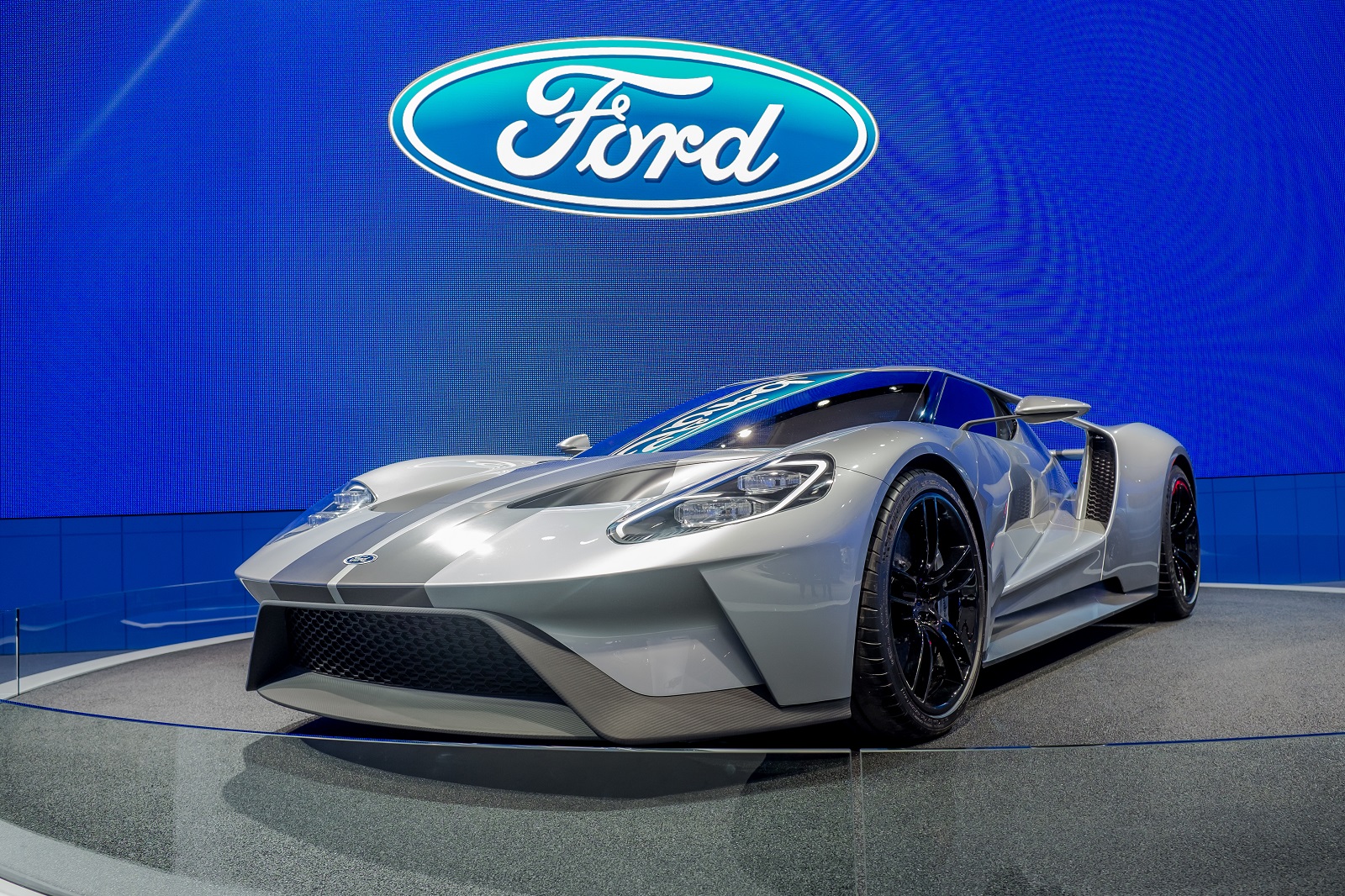
Image Credit: Shutterstock / Christopher Lyzcen
Argentina hosts manufacturing plants for Ford, Volkswagen, and Renault, playing a crucial role in South America’s automotive market. The country’s production capabilities are steadily increasing, driven by regional demand.
Off the Beaten Track
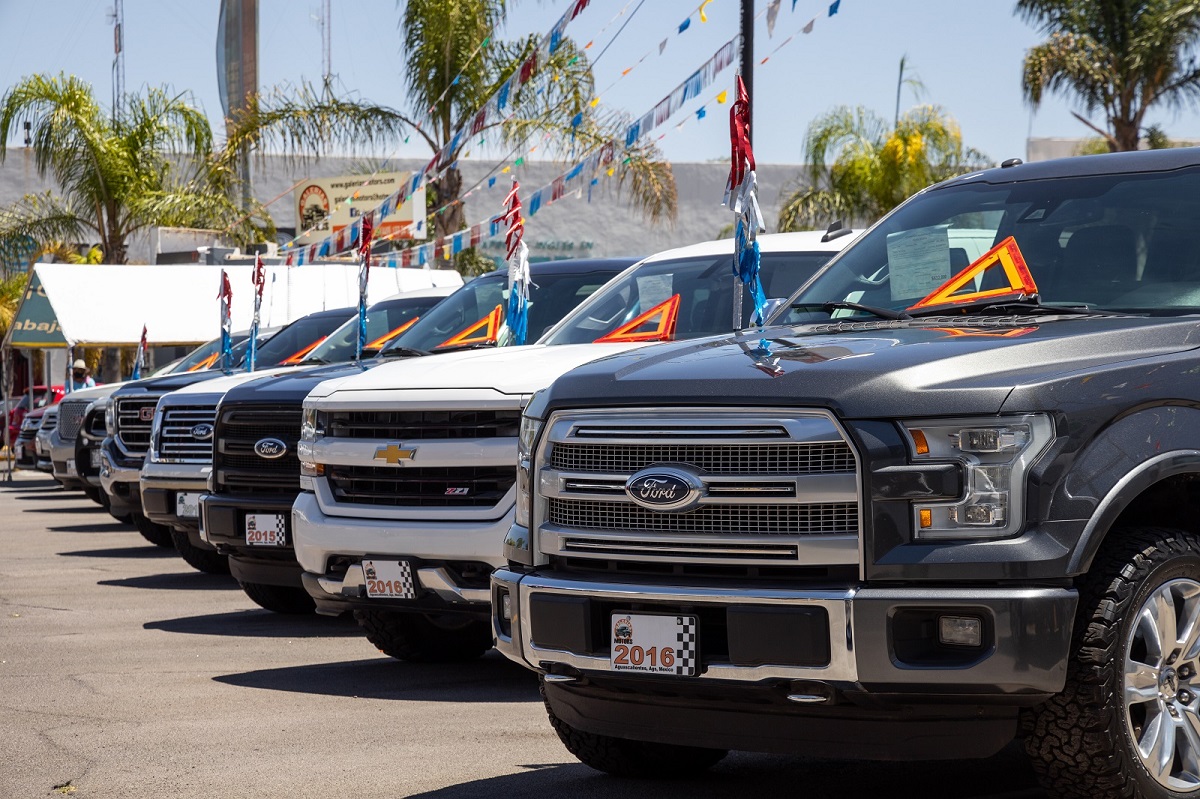
Image Credit: Shutterstock / Mikel Dabbah
The best cars often come from unexpected places, proving that quality and innovation can thrive anywhere. These diverse manufacturing hubs are reshaping the global automotive landscape, showing that excellence knows no geographic boundaries.
Police Magnet: 7 Cars That Guarantee You’ll Get Pulled Over

Image Credit: Shutterstock / sirtravelalot
Driving certain cars can make you more noticeable to law enforcement, even if you’re abiding by all the rules. Are you driving one of these “police magnets”? Here are seven cars that seem to attract more police attention than others. Police Magnet: 7 Cars That Guarantee You’ll Get Pulled Over
The Classic Cars That Were Total Clunkers
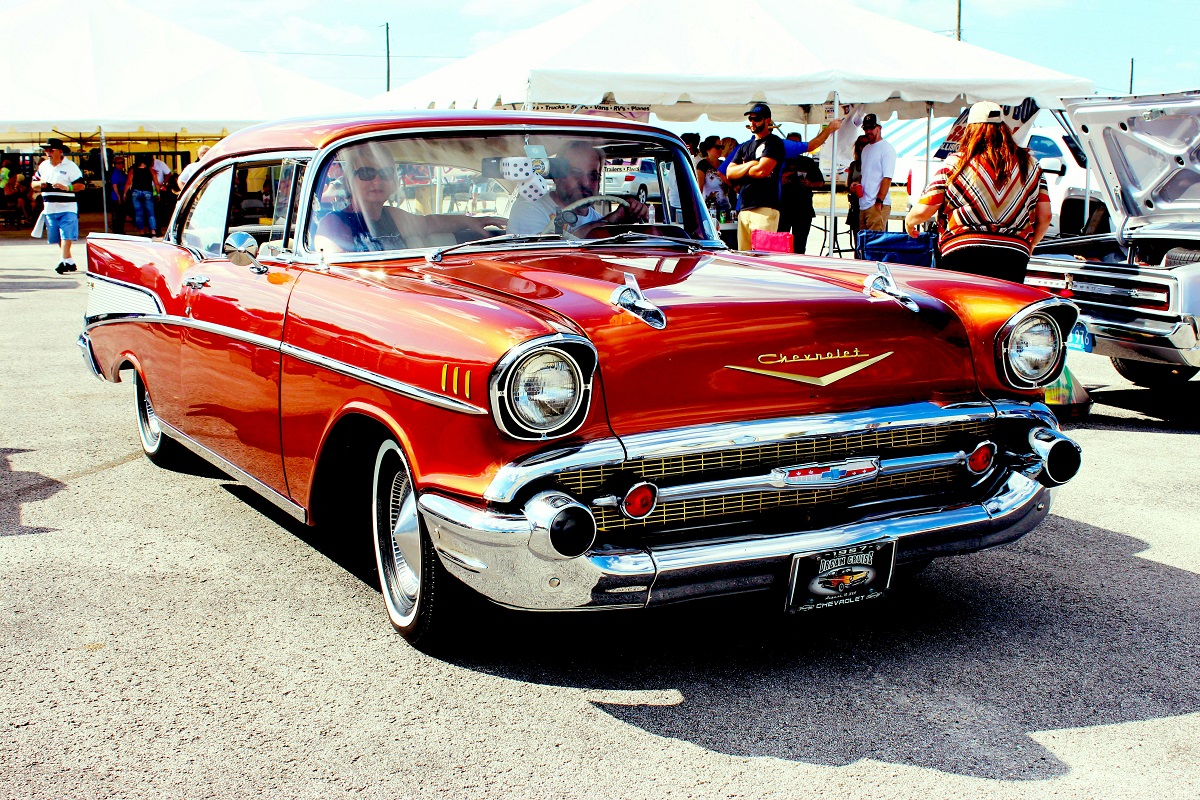
Image Credit: Pexels / Pixabay
Nostalgia has a funny way of making the past seem better than it was, especially when it comes to cars. But here’s the hard truth: some of those “classic” cars your dad raves about were real clunkers. Here’s a closer look at why some of those so-called “classics” weren’t all they were cracked up to be. The Classic Cars That Were Total Clunkers
The Worst U.S. Cars Ever Made: A Retro List
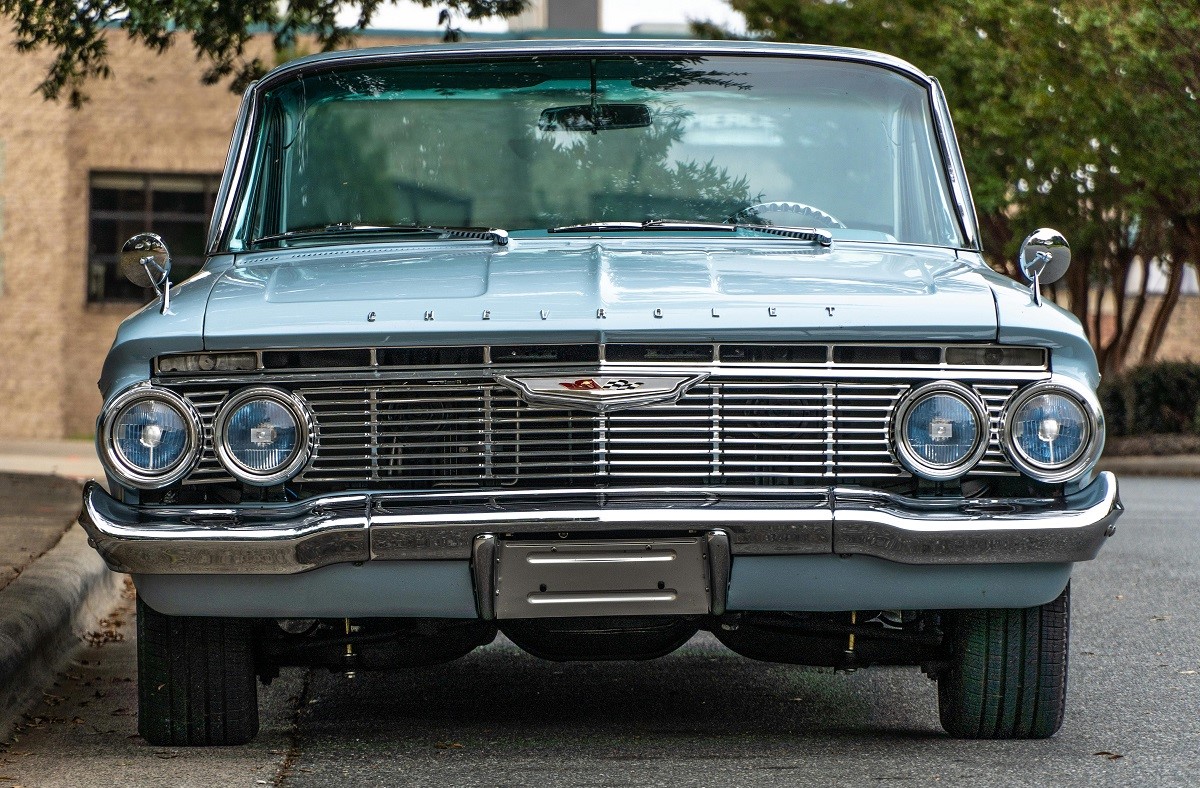
Image Credit: Pexels / Be The Observer
The U.S. auto industry has produced some incredible vehicles, but not every model was a hit. Here’s a look back at 16 of the worst cars ever made in the U.S., each infamous for its own unique flaws. The Worst U.S. Cars Ever Made: A Retro List
Featured Image Credit: Shutterstock / VanderWolf Images.
For transparency, this content was partly developed with AI assistance and carefully curated by an experienced editor to be informative and ensure accuracy.
The images used are for illustrative purposes only and may not represent the actual people or places mentioned in the article.



